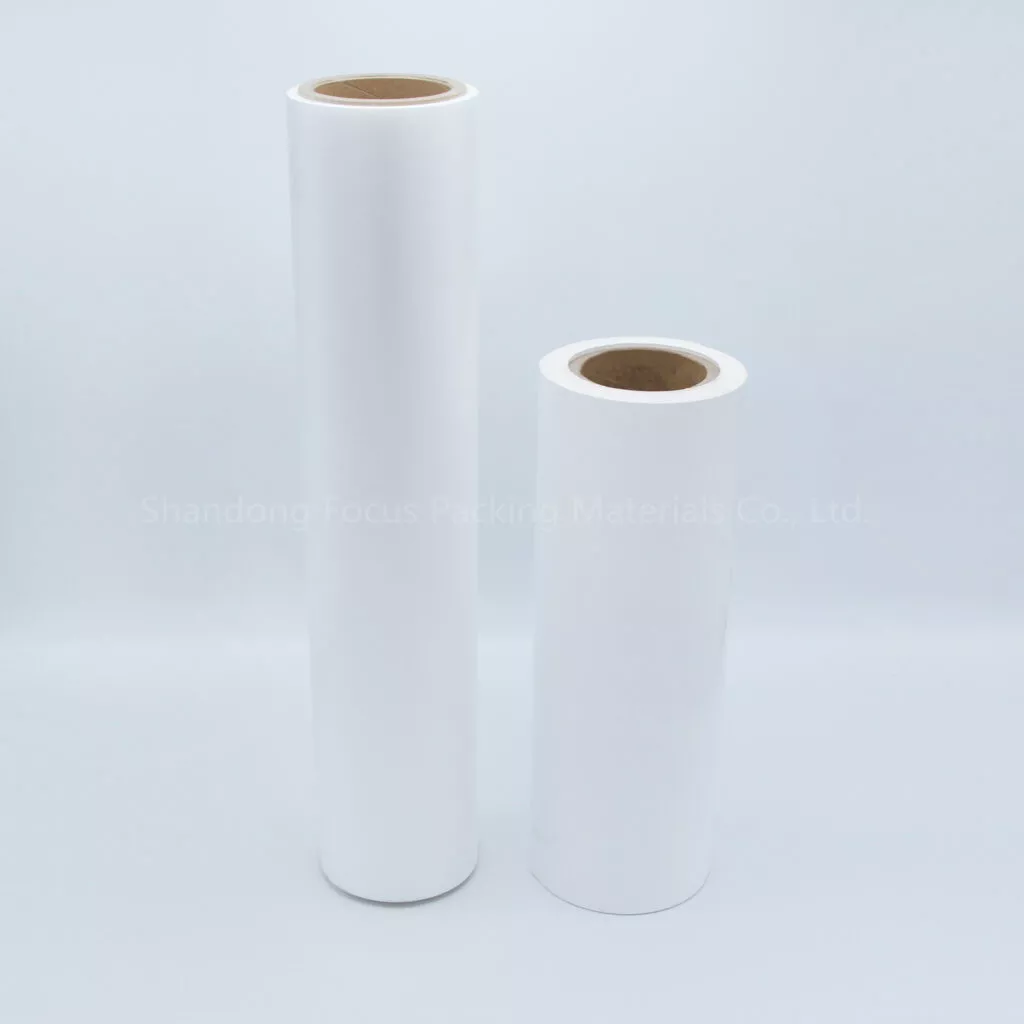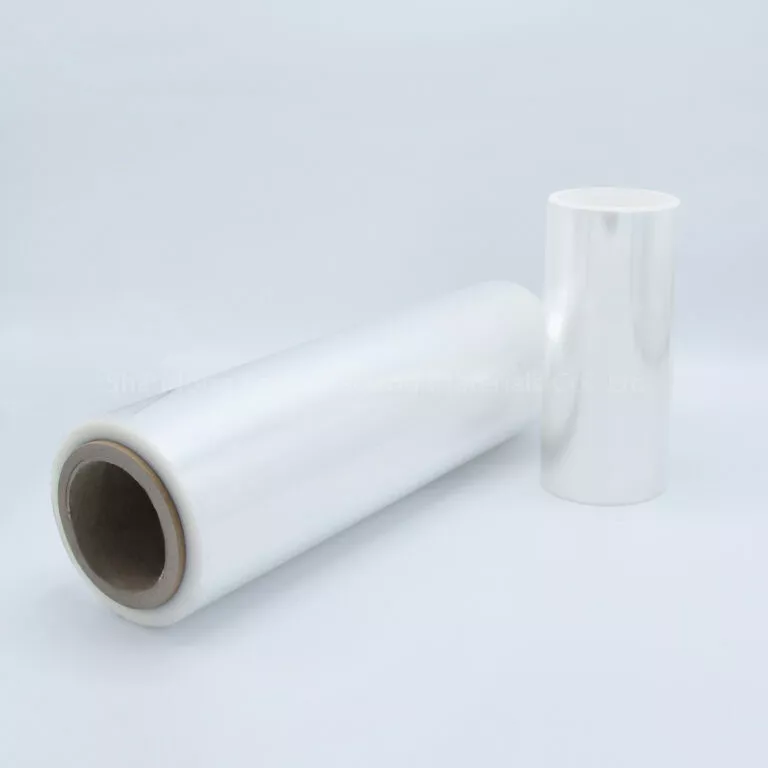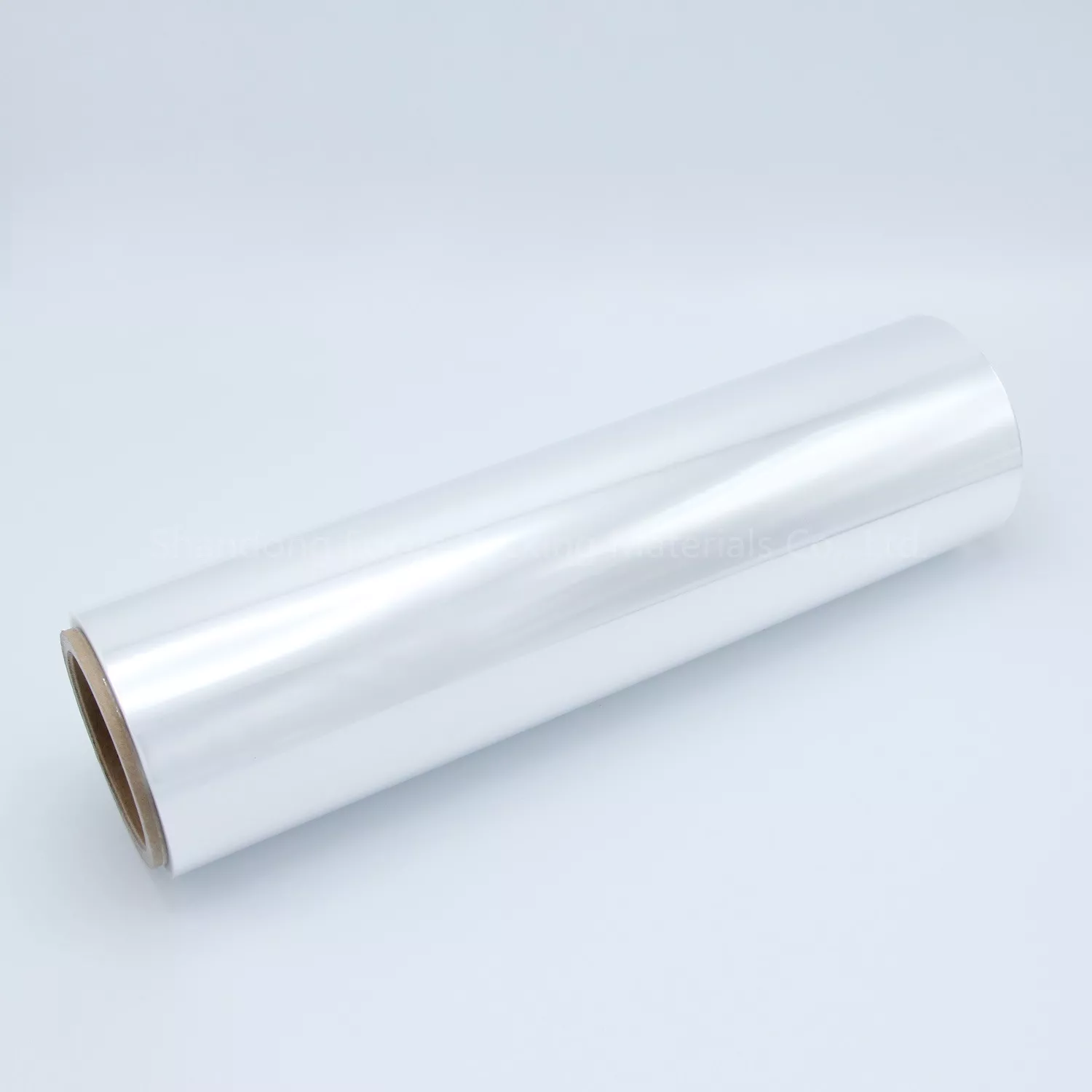PP is a resin that is easy to age. Because Xulao products are used outdoors, there is a great demand for the anti-aging modification of PP. PP has good stability under anaerobic conditions, but due to the presence of tertiary carbon atoms in its structure, it is prone to aging and degradation during granulation processing, storage, and use under the action of heat, oxygen, and light, and even loses its excellent comprehensive physical and mechanical properties while maintaining the relative molecular weight of PP.
The oxidation aging process of PP follows the free radical bond reaction mechanism. In order to protect the polymer from oxidation or delayed oxidation effects. The polymer must undergo an automatic oxidation cycle, in which there are two types of harmful Chinese products (P., POO., PO. HO+) and one type is hydroperoxide (ROOHD. Correspondingly, compounds that react with the two types of Chinese products are also divided into two categories: free radical scavengers (also known as health terminating host oxygen agents) and compound peroxide decomposers (also known as auxiliary antioxidants). The main function of antioxidant is to capture free radicals, preventing them from participating in the oxidation cycle; the role of auxiliary antioxidant is to decompose peroxides, making them harmless products.
Traditional chain terminating antioxidants mainly include hindered phenyl esters and aromatic secondary gums. This type of free radical capture mainly acts on oxygen centered free radicals, such as hydroxyl peroxide free radicals (R0O.), alkoxy free radicals (RO.), and hydroxyl free radicals (HO.), but the former are predominant because they have short lifetimes and high activity, and quickly extract hydrogen atoms from the polymer chain to form alkyl free radicals. Under oxygen rich conditions, alkyl radicals quickly transform into alkyl peroxide radicals.
Burning free radicals becomes important under dilute oxygen conditions (such as in large extruders), and traditional chain terminating antioxidants are not capable of capturing alkyl radicals. In recent years, a completely new type of antioxidant has been developed, whose mechanism is based on the so-called “push-pull effect”. The characteristic of this type of compound is its ability to capture two large molecular free radicals. The first step is to act as a chlorine donor, and the second step is to bind with the large molecular free radicals. Obviously, the free radicals formed after the second step must be more stable than macromolecular free radicals in order to complete the second step. In theory, the stability of this free radical is determined by three factors: steric hindrance, electron resonance structure, and electron withdrawing and electron donating substituents. Benzofuranone can meet the above conditions as a novel antioxidant, which can compensate for the shortcomings of traditional antioxidants, especially in capturing alkyl radicals under dilute oxygen conditions. Combined with other antioxidants, it has excellent synergistic effects and can greatly improve cost-effectiveness.
Auxiliary antioxidant, also known as preventive antioxidant, can decompose hydrogen peroxide without generating free radicals, thus preventing chain branching Sometimes it is necessary to distinguish between equivalent or catalytic hydrogen peroxide decomposers. Yaquinic acid ester is the most typical representative of equivalent ammonia peroxide decomposer. It reduces complex peroxides to corresponding alcohols, and then converts itself into a quinic acid shield. In addition, Yaquinic acid ester can also react with peroxide and alkoxy radicals in principle. Blocked aromatic quercetin can also be used as a primary antioxidant.
Organic sulfides are an important type of antioxidant, which can be converted into two molecule peroxides. Alkali containing organic acids are decomposition agents for peroxides. It is worth noting that second-generation amino acid esters and quaternary ammonium esters are also very effective decomposition agents for convenient ammonia peroxides, but they are rarely used for the stabilization of thermoplastic plastics.








